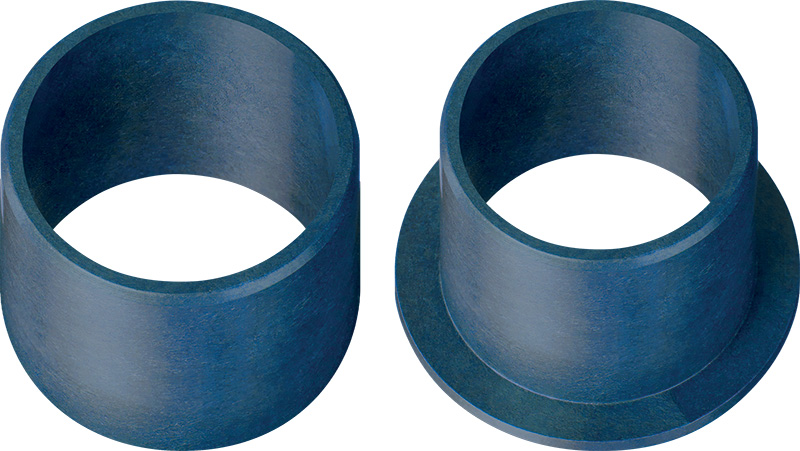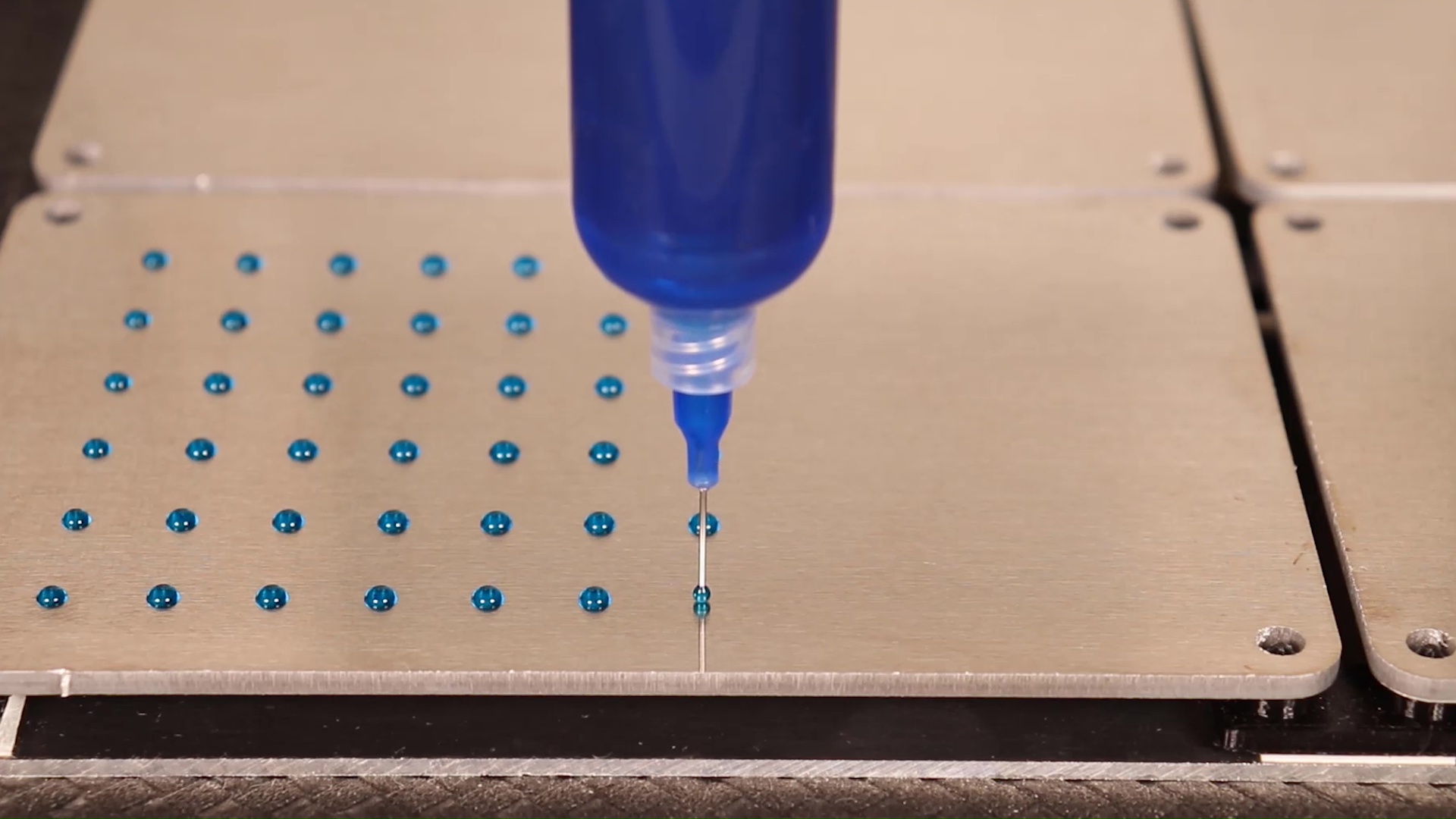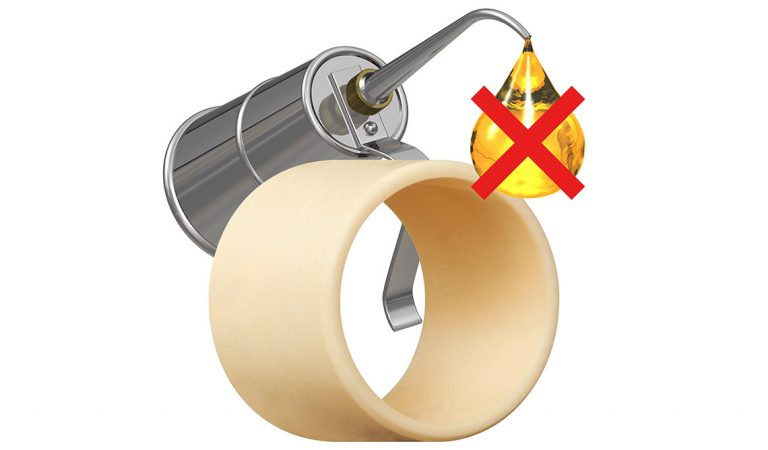The 3 Most Common Misconceptions About Plastic Plain Bearings
 Plastics have become an indispensable part of everyday life and have established themselves in all industrial sectors over the last few decades. And yet, despite the flexibility and diversity of this world of plastics, there are blanket judgments and errors in practice. So today, I want to shed light on some of them and check their truthfulness.
Plastics have become an indispensable part of everyday life and have established themselves in all industrial sectors over the last few decades. And yet, despite the flexibility and diversity of this world of plastics, there are blanket judgments and errors in practice. So today, I want to shed light on some of them and check their truthfulness.
#1: Plastic Plain Bearings Are Simply Too Soft
The claim makes sense, of course. Plastics are “softer” than metal. Across the board, values ??such as compressive strength or surface hardness are significantly lower. And correspondingly, plastic plain bearings are also “less durable” than metal.
The question, however, is what plain bearings actually have to withstand in their respective applications. Take a close look at the application parameters. How high is the load on the plain bearing? Are you counting on the sheer burden to be carried? Or with the surface pressure in the warehouse? It often turns out that the surface pressure, i.e. the load distributed over the load-bearing surface of the plain bearing, is ultimately not that huge. Even simple plastic plain bearings measuring 20 x 20 mm can easily bear the weight of a small car (30 MPa surface pressure with a weight of approx. 2,646 lbs).
The most important point here, however, is that plain bearings should not just carry static loads, but dynamic loads in motion. For this to be possible with plain bearings made of metal, they must be lubricated. Dry-running metal bearings, on the other hand, only work with plastic inserts.
#2: Plastic Plain Bearings Have a Lot More Play and Rattle
You guessed it, a “yes but” is looming here too. Yes, plastic plain linear bearings require a little more play than ball bearings, for example, but the comparison lags. Plain bearings work on the principle of sliding friction, while ball and roller bearings run with rolling friction. For the sliding movement to work, the components must be moveable and have sufficient play. In addition, plastics expand under the influence of heat and moisture. However, this effect varies greatly with the type of plastic. Plastics with low thermal expansion and low moisture absorption can also be used with very little clearance.
However, it is also correct that rattling and the corresponding noise development during operation can be improved by using plastic plain bearings, as these - provided the right plastic is used - dampen vibrations better than metal plain bearings. Here, too, it is important to look closely at the application parameters.
#3: Plastic Plain Bearings Don't Last That Long
Here, too, depends entirely on the application. There are two types of metal plain bearings: some that only work as long as they are adequately lubricated with the right lubricant and others that will work until the thin layer of sliding plastic wears off. Plastic plain bearings generally consist exclusively of "wearable material" and often run without additional lubrication. In addition to durability, maintenance and reliability are also an issue here. One of the most frequent causes for the failure of plain bearings is not the “natural” death but the premature failure due to insufficient maintenance.
Overall, It Depends on the Right Plastic
Just as there is no such thing as ONE metal for plain bearings, there is no such thing as ONE plastic for plain bearings. It is also true, however, that the choice can be very difficult. In the jungle of brands and trade and type designations, it is often difficult to find the right solution using data sheets and sales advice alone.
Our online service life calculator makes it easy for you to figure out how many hours a specific iglide® plastic plain bearing could last inside your application. Simply enter your requirements, including design, load, speed, shaft material and housing, and see your results instantly.
For more information about iglide® bearings, visit our webpage, or reach out to our iglide® Product Manager with any questions.



